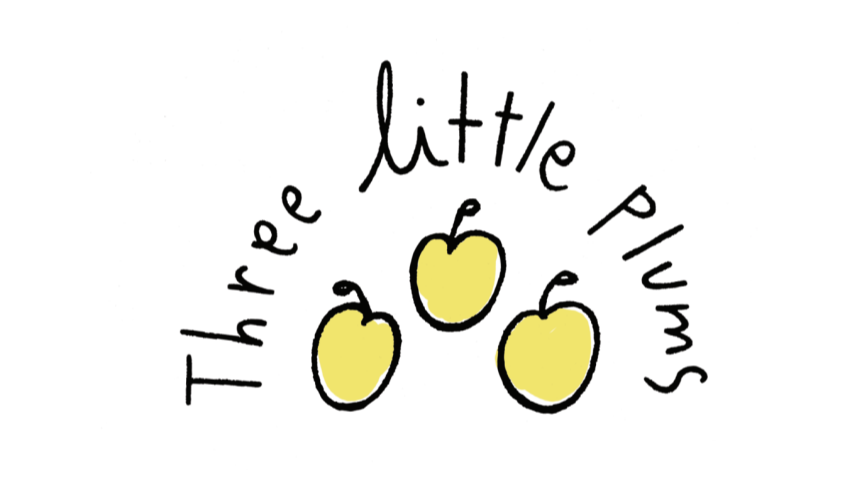Over 50% of US Children Have Lead in their Blood: Why and how to make sure your child doesnt
According to a new study, more than half of children under 6 years old in the U.S. had detectable lead levels in their blood.
To me this is mind-blowing considering that we know, very well, that there are no safe levels of lead for children. Zero - not detectible- is what we are going for.
Now let’s discuss this new study:
No safe level of lead exposure in children has been identified," according to the CDC, American Academy of Pediatrics, WHO and more
Any detectable lead level is abnormal and potentially harmful, particularly in young children – and associated with adverse effects such as brain and nervous system damage, slowed growth and development, learning and behavior problems, and hearing and speech problems.
“ detectible” includes lead levels as low as 1.0 µg/dL. In the United States, an "elevated" Blood lead level is anything ≥5.0 µg/dL, blood lead at this concentration can affect the long-term cognitive development of children, which can lead to lifelong learning disabilities and behavioral problems.
The “ good” news is that 1.9% of the children had these elevated lead levels… but this has declined by a whopping 36% from a previous study published based on data from 2009-2015.
Who is most at risk
Young children living in areas with the highest percentages of pre-1950s housing and/or low income neighborhoods were most at risk.
2.5% of children from Black Zip Codes had elevated BLL, 2.0% of those from White Zip Codes and 1.1% of those from Hispanic Zip Codes had elevated BLL.
Above-average elevated blood lead levels found in 24 states, among them: Nebraska had the highest percentage, with 83% of children showing detectable BLL, followed by Missouri (82%), Michigan (78%), Iowa (76%), and Utah (73%
Elevated blood lead levels were found in: Nebraska (6.0%), Ohio (5.2%), Pennsylvania (5.0%;), Missouri (4.5%), Michigan (4.5%), and Wisconsin (4.3%).
Sources
How are the majority of American children being exposed to lead?
PAINT: Pre 1978 homes contain lead-based paint. When paint wears down lead can migrate to the dust and be ingested and/or inhaled by kids
Drinking water: lead service lines, water pipes, faucets, plumbing fixtures may contain lead that leaks into drinking water. Test your water! I like Tap score- they have a couple of tests including just one for just lead.
Garden soil: do you have a home garden or kids play in soil? Soil can be contaminated with lead. Test your soil. You can use this test kit . I share a video on how to use this kit to test soil in this post
Hand me Down Toys: hand me down wood or plastic toys? Lead laws have gotten stricter If your child is playing with older toys they might be exposing him/her to lead. Lead may be found in the paint on older toys and some plastic products
Baby food
There are no federal standards for lead in baby food. The FDA has set a limit of 50 ppb for juice & 100 ppb for candy - which many say is still too high. Some vegetables that grow in soil (carrots, sweet potatoes etc) do contain natural low lead levels. This is why it is important to:
eat a balanced diet
make your own baby food when possible
when buying prepackaged baby food, purchase from companies that tests for lead like: Yummy Spoonfuls, Fresh BEllies, Serenity Kids, Once Upon a Farm, Tiny Human Food and Cerebelly
REad more :
Baby Foods that are Tested for Lower Levels of Toxins
95% of Baby Foods Still Contain Neurotoxic Heavy Metals
What's in your Drinking Water & My Top Filter Picks
Why you should test your soil for lead
How to Safety Help Your Body Naturally Detoxify
SOURCES
https://jamanetwork.com/journals/jamapediatrics/article-abstract/2784260
https://pediatrics.aappublications.org/content/138/1/e20161493
https://www.cdc.gov/nceh/lead/resources/policy-resources.htm#:~:text=CDC%20now%20uses%20a%20blood,for%20lead%20in%20their%20blood.
https://www.who.int/news-room/fact-sheets/detail/lead-poisoning-and-health

